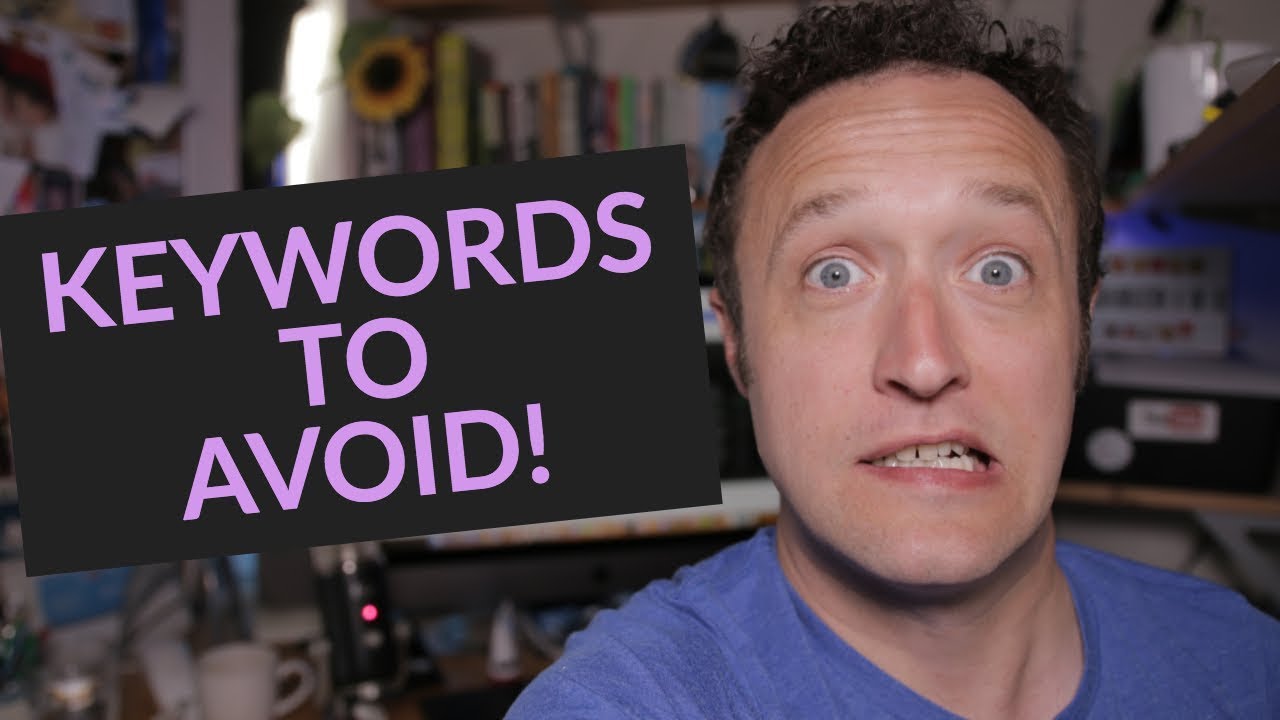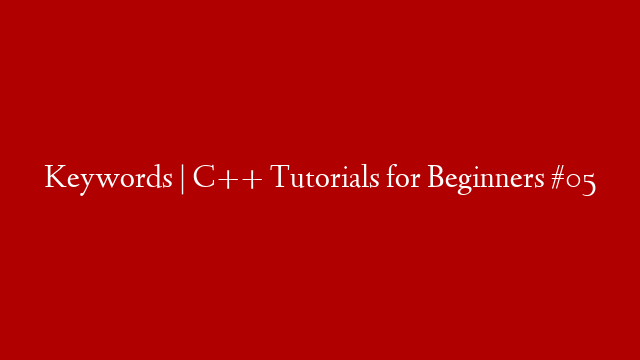Showing up in Google Search with SEO
Search engine optimization also known as SEO. While search engine ranking is important. Showing up in search results is where the real traffic comes from. Therefore many sites that show up on the results page is not necessarily a Page Rank One site. Quite the contrary. Because to appear on the result page is determined by your target search phrase density. Or target keyword density. The trick however is to use the search phrase or target keyword within context of the content. Therefore desperately cramming a bunch of search phrases and target keywords together will no longer work. Because search engines prefer high quality content. The days of being a copy/paste marketer is over.
Page rank is important especially for building reputation. Many newbie bloggers are blinded by the SEO part with content creation. And the search for the perfect target keyword and search phrase. The density and context is often forgotten in the rush to beat SEO. Therefore to show up at the top you will have to comply with four basic rules. Keyword and search phrase placement, keyword and search phrase density along with the quality of your content. And lastly high quality back-links to similar content.
How to leverage Keyword and Phrase Placement
Google offers an excellent free tool. To be able to research the relevant keywords and phrases to show up in search results. You will need a tool called the “Google Keyword Planner“. Which you can access from inside your Google Ads (Formerly known as Google Ad-Words) account. Then search for single keywords and search phrases of max 2 – 3 keywords together. Your Google search results will show as “Your Search Term” and below that “Idea“. You should use both these groups of keywords in your content. But always target keywords and phrases with a high volume searches and low volume competition.
Place the keyword or search phrase you wish your blog or post to show up for in your browser. Also the first word or phrase for your post or blog title. Which means it’s the first word identified when your site is crawled by search engines. Therefore your work can be placed in the right category. To reach an interested audience. Furthermore you want to populate the post content with the target keyword and search phrases. And try to make the target search phrase also the first sentence of every paragraph.
Google process Billions of unique searches per day (Around 3.5 Billion). But the challenge is to use it within context of the sentence. And lastly all the keywords and Google phrases you wish to target must be present within the first sentence of the first paragraph.
Keyword Placement and Suggested Density
The target keyword and/or search phrase must show at least once in the title. But try to include the target keyword and phrase no more than twice in the Meta description. And as for the post or page content. A keyword density of no less than 0.6%. Which roughly calculates to around 6 times. But 6% is the minimum requirement. The suggested maximum however is around 2 – 4 times that (1.2% – 2.4%) for better search results. I have to add however that having a keyword density that high will require a lot of work. To show up in search results you also want to use the target keywords and search phrases as tags. But don’t forget to add descriptions to all the tags you use.
Google also look for keywords and search phrases within a certain tag description used for the particular content. In fact all categories and tags should have keyword rich descriptions. Which is a great advantage. Again back to the basics of SEO. The art of telling search engines what your work is about. But it is often a little more difficult than anticipated. Because content need to be created over time. In order to maintain uniqueness through recognition. Along with keyword and phrase density. There is also the use of transition words and sub-titles that play a crucial role. To show up at the top of Google.
Unique Quality Content and Conversion
Results are greatly boosted with unique quality content. Something not elsewhere available on the internet. Therefore Google is also leveraged to gain the knowledge needed. To create such content and get recognised as a professional in your field. That is also the only “Secret” about making money online. You must offer your visitor exactly what they are looking for. Therefore the targeted keyword and/or search phrase need to be painfully precise. You need to gather as much knowledge as is needed. And then turn that knowledge into an online income stream. To show up in search results all comes down to placement and quality content.
The position your site shows on the search result page will definitely attract visitors. Whether you will profit from those visitors is entirely up to you. And the only way you can do that is by offering value. While also focusing on the first impression. What is it that your visitor sees first when following your link? Does the first impression (Post Featured Image) suggest a solution to a common need? Does it raise curiosity to want to know more?
Results work best with professional content. And that will never change. But you have a vast ocean of information to discover with Google search. All the knowledge you could possibly need to offer the required value.
Link to High Quality Sites from Inside Your Content
Research with the Google Keyword Planner Tool. Basic rule being high search volume with low competition. Use your exact target keyword and search phrase used with keyword planner. And search for relevant sites. But also ensure the domain has the https protocol enabled. Because it would appear the secure links enjoy preference with search engines. Simply run a keyword check. And then link to the sites or articles mostly relevant to your own. But how will you know which sites are quality back-links?
Traffic volume for a particular site can be viewed with tools like SimilarWeb. And page rank can be checked with “PR Checker” (Google Page Rank Checker) or “Check Page Rank” (Check Page Rank Dot Net). While you may also want to check on the site Trust Rating by using “ScamAdvisor”. Simply do a Google search for these keywords and access all these free tools.



